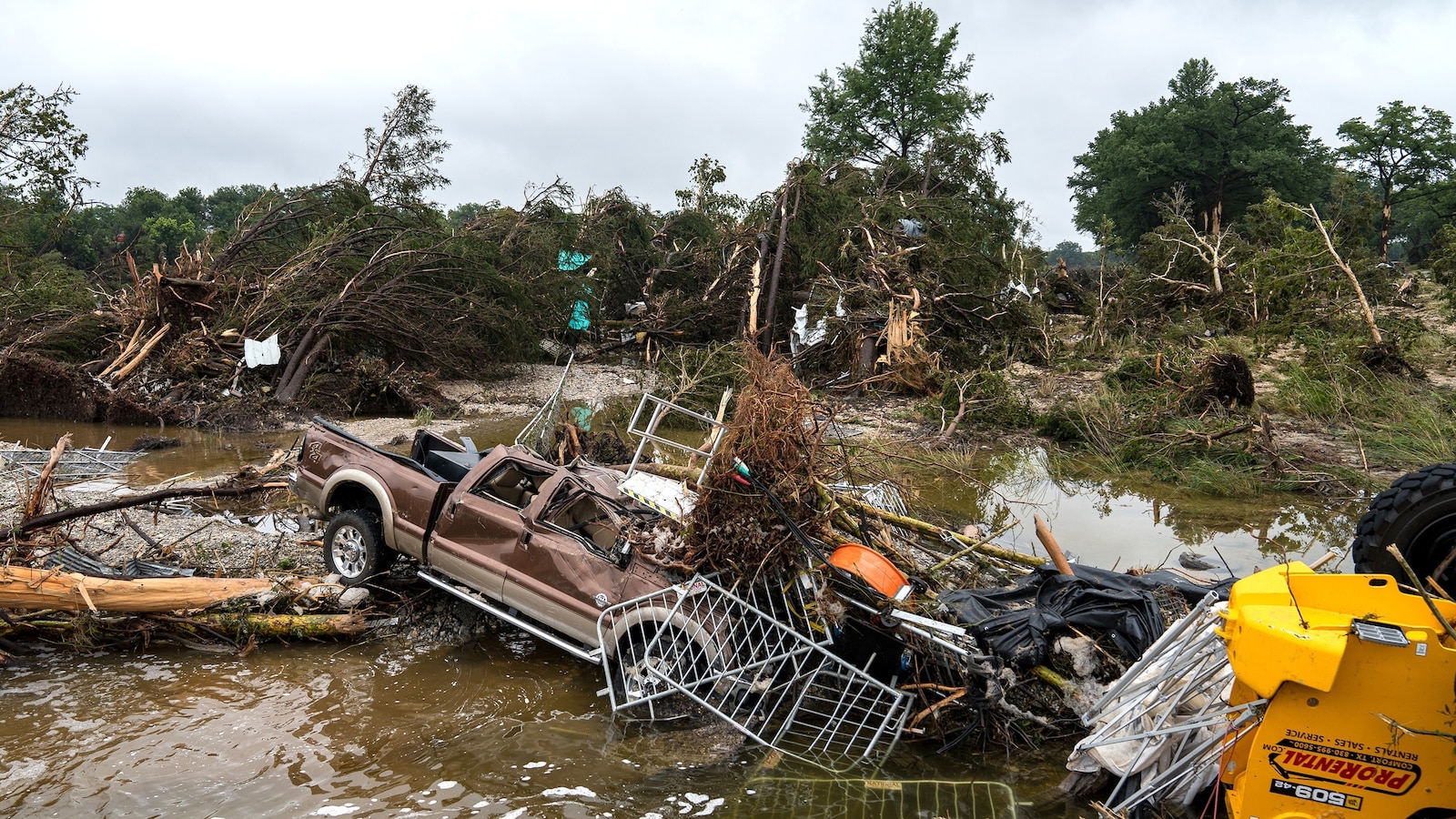“`html
Understanding the Impact of Climate Change on Global Food Security
As climate change accelerates, its effects on global food security are becoming increasingly dire. According to a recent report from the Intergovernmental Panel on Climate Change (IPCC), agricultural productivity is projected to decline significantly in the coming decades, threatening the ability to feed a growing global population. This situation calls for urgent action and comprehensive policy responses to mitigate risks and ensure sustainable food systems.
The Current State of Food Security
Food security is defined as the state in which all people have physical, social, and economic access to sufficient, safe, and nutritious food that meets their dietary needs for an active and healthy life. The world currently faces a multitude of challenges that threaten food security, including climate change, economic instability, and geopolitical conflicts.
According to the FAO (Food and Agriculture Organization), approximately 690 million people were undernourished in 2019, a number that has increased due to the economic fallout from the COVID-19 pandemic. Experts predict that without drastic interventions, this figure could rise by 132 million by the end of 2023. Dr. Maria Gonzalez, a climate scientist at the University of California, highlights the connection between climate change and food security, stating, “The impact of rising temperatures and extreme weather events directly correlates with declining agricultural yields, which exacerbates hunger and malnutrition globally.”
Climate Change and Agricultural Productivity
Climate change affects agriculture in many ways, including altering precipitation patterns, increasing the frequency of droughts and floods, and shifting the geographical distribution of pests and diseases. A study published in the journal Environmental Research Letters found that crop yields for staples such as wheat and maize could drop by as much as 30% by 2050 if current trends continue.
- Temperature Increases: Higher temperatures can stress crops, leading to reduced yields.
- Water Scarcity: Changes in rainfall patterns can result in droughts, impacting irrigation.
- Soil Degradation: Extreme weather can lead to soil erosion and decreased fertility.
Moreover, the impact of climate change is not uniform across the globe. Regions that are already vulnerable, such as Sub-Saharan Africa and South Asia, will likely bear the brunt of these changes. As Dr. Aisha Khan, an agricultural economist, points out, “Farmers in these regions often lack the resources to adapt to changing climate conditions, which puts their livelihoods and food security at significant risk.”
Strategies for Enhancing Food Security
Addressing the challenges posed by climate change requires a multi-faceted approach. Here are several strategies that experts recommend:
- Sustainable Agricultural Practices: Promoting techniques such as agroforestry, crop rotation, and organic farming can enhance resilience to climate impacts.
- Investment in Research: Increased funding for agricultural research can lead to the development of climate-resistant crop varieties.
- Policy Reforms: Governments must implement policies that support smallholder farmers and enhance food distribution systems.
Furthermore, international cooperation is essential. The United Nations’ Sustainable Development Goals (SDGs) aim to end hunger and promote sustainable agriculture by 2030. Collaborative efforts among countries can lead to knowledge sharing and resource allocation that can strengthen global food systems.
The Role of Technology in Food Security
Technology plays a vital role in addressing food security challenges. Innovations such as precision agriculture, which uses data analytics and IoT devices to optimize farming practices, can significantly improve yields while minimizing environmental impacts. According to a report from McKinsey & Company, the adoption of digital technologies in agriculture could increase global food production by up to 70% by 2050.
Additionally, advancements in biotechnology, such as genetically modified organisms (GMOs), can produce crops that are more resilient to climate stresses. However, these technologies often face public scrutiny and regulatory hurdles, necessitating clear communication and transparent practices to build public trust.
The Future of Food Security
Looking ahead, the intersection of climate change and food security presents both challenges and opportunities. While the risks are significant, proactive measures can lead to sustainable solutions that ensure access to food for all. As highlighted by Dr. Gonzalez, “The time to act is now. We must integrate climate resilience into every aspect of our food systems to secure a sustainable future.”
In conclusion, the implications of climate change on global food security are profound and far-reaching. Stakeholders at all levels must engage in collaborative efforts to develop resilient agricultural practices, leverage technology, and pursue effective policy reforms. As we approach critical milestones like the 2030 SDG deadline, it is imperative that we prioritize food security to safeguard the health and well-being of future generations. To stay informed and engaged, individuals can support local agricultural initiatives and advocate for policies that promote sustainability and resilience in food systems.
“`



